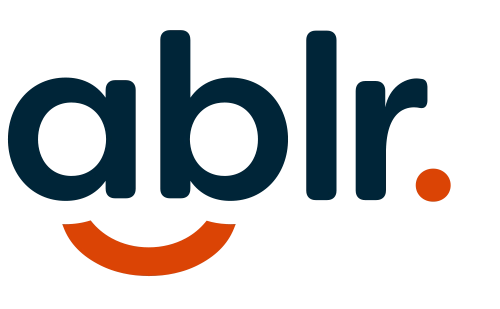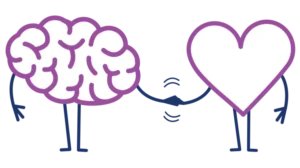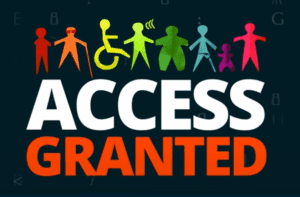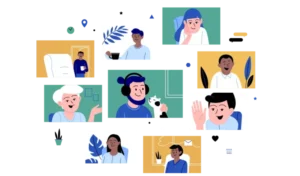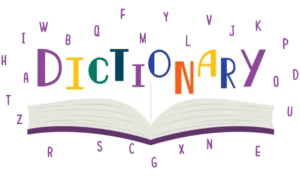If you’ve ever tried to use a website, app, or workplace tool that just doesn’t work, you know the frustration runs deeper than a few technical hiccups. It’s the feeling of being excluded from something that was supposed to include everyone. And for many people who are blind or have low vision, that experience happens far too often.
Every day, talented professionals are blocked by broken forms, unlabeled buttons, and inaccessible login systems. Some can’t even submit feedback about these issues because the very form to report them isn’t accessible. It’s exhausting, and it shouldn’t be this way, not in 2025.
The Main Problem Isn’t Technology
The truth is, most of these issues stem from misplaced priorities, not limitations in technology. Accessibility is often treated like an afterthought, something added at the end of a project instead of built in from the start. Developers may assume automated tools are enough or that accessibility standards are a nice bonus instead of a fundamental part of usability.
But accessibility isn’t a feature. It’s a commitment. It’s what makes the difference between a tool that excludes people and one that empowers everyone to participate equally.
What Real Users Need (and Deserve)
People with sight loss aren’t asking for special treatment. They’re asking to be part of the conversation. They want to be heard, to be seen as experts in their own experiences, and to be included in the design and testing process. Because no amount of code can replace lived experience.
Accessibility improves when developers and designers work with people who rely on assistive technologies. It means testing products using screen readers, voice commands, or keyboard-only navigation, not just assuming everything “should work.” It means asking:
- Can someone complete this task independently?
- Can every button, link, and form field be identified and used with a keyboard?
- Is the process just as smooth for someone using a screen reader?
The answers to those questions can determine whether someone gets to do their job, access important information, or participate in their community.
Accessibility Is About People
When you can’t log in, submit a form, or use your company’s tools without help, it’s not just inconvenient, it chips away at your sense of independence. Many people describe feeling ignored or dismissed when they report problems that go unfixed for months or years.
Accessibility isn’t just a technical issue; it’s a human one. It’s about respect, equity, and dignity. Everyone deserves the freedom to access the digital world without barriers or extra steps.
What Needs to Change
The solutions are actually quite easy. They just require effort and empathy. Companies and developers can start by:
- Testing with real users who have disabilities. Automated tools only catch part of the picture, typically 20% of issues at most and often less. Feedback is where change happens.
- Incorporating accessibility from the start. It’s easier, cheaper, and far more effective than trying to patch it later.
- Listening and following through. Accessibility progress can take time and often faces challenges like budgets, timelines, and resources, but meaningful change happens when companies stay committed for the long term.
At Ablr, we believe accessibility is essential for every digital space. Our team, which includes people with disabilities, tests digital content manually to ensure it’s not just compliant, but truly usable.
Accessibility Is Everyone’s Responsibility
The digital world should be built by everyone, for everyone. The more we listen, collaborate, and include lived experience in design and testing, the closer we get to that reality.
If you’re building digital tools, ask yourself: would someone using assistive technology be able to complete every task on your site? If not, it’s time to make a change and we’re here to help you make it right.
